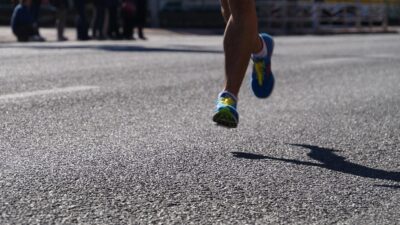Track and field is not just about speed; it’s a multifaceted sport that combines technique, endurance, and mental fortitude. Whether you’re a sprinter, mid-distance runner, long-distance runner, or thrower, honing your skills requires a strategic approach to training. Here are some professional tips to help elevate your track performance and maximize your potential.
1. Set Clear Goals
Goals provide direction and motivation. Whether you aim to break a personal record, qualify for a championship, or master a particular technique, make sure your goals are Specific, Measurable, Achievable, Relevant, and Time-bound (SMART). Write down your goals and regularly evaluate your progress.
2. Develop a Structured Training Plan
A well-structured training plan is essential for improving performance. Consider the following components:
- Base Training: Build your aerobic base with steady, longer runs.
- Interval Work: Incorporate speed work through intervals that mimic race conditions.
- Strength Training: Focus on both core and lower body strength to improve power and stability.
- Recovery: Allow adequate time for recovery, including easy runs and rest days to prevent burnout and injury.
3. Master the Technique
Technique can be the difference between a new personal best and a disappointing race. Work with your coach or watch instructional videos to refine your form.
- Sprinting: Focus on your arm drive and foot placement.
- Hurdles: Practice your lead and trail leg movements.
- Distance Running: Concentrate on your breathing and stride efficiency.
4. Incorporate Plyometrics
Plyometric exercises, like box jumps and bounding, are excellent for improving explosive power and speed. Integrate these movements into your training regimen to enhance your athletic performance.
5. Mental Toughness Training
Track events are as much a mental challenge as a physical one. Visualization techniques, mindfulness, and even breathing exercises can improve focus and reduce pre-race anxiety. Spend time imagining your races, the feel of the track, and the thrill of crossing the finish line.
6. Cross-Training
Incorporate other activities that complement your primary training. Swimming, cycling, or rowing can improve cardiovascular fitness while giving your legs a break from running. Such activities also promote overall balance and prevent burnout.
7. Nutrition Matters
What you fuel your body with can significantly affect your performance:
- Carbohydrates: Essential for energy, especially leading up to races.
- Proteins: Crucial for muscle recovery after tough workouts.
- Hydration: Always stay hydrated. Dehydration can lead to decreased performance and increased risk of injuries.
8. Track Your Progress
Keep a training log to track workouts, physical responses, and any improvements or setbacks. Analyzing your data will help you identify patterns, adjust your training plan, and stay motivated.
9. Work with a Coach
A knowledgeable coach can provide personalized feedback, technical guidance, and motivation. They can help fine-tune your training plan and offer insights that only come from experience.
10. Focus on Race Day Strategy
Preparation for race day goes beyond physical training. Develop a strategy that includes your warm-up routine, pacing, and how you’ll handle the competition. Knowing what to expect can eliminate surprises and reduce race-day jitters.
Conclusion
Improving your track performance is a journey that requires dedication, smart training, and a willingness to learn. By applying these pro tips, you’ll not only enhance your skills but also enjoy the process. Remember, every athlete’s path is unique—stay persistent, and the results will follow. Keep striving for greatness on the track!



